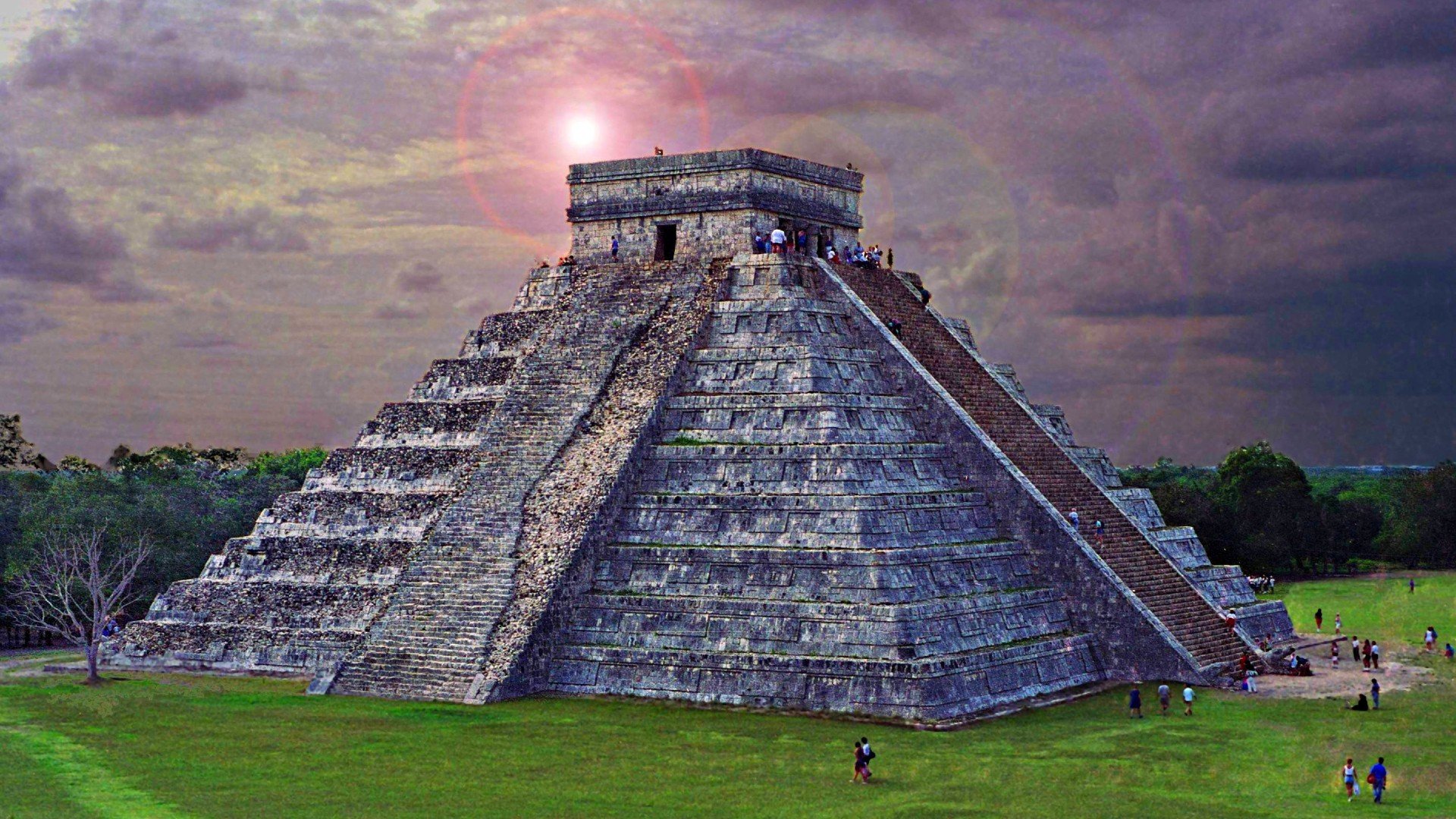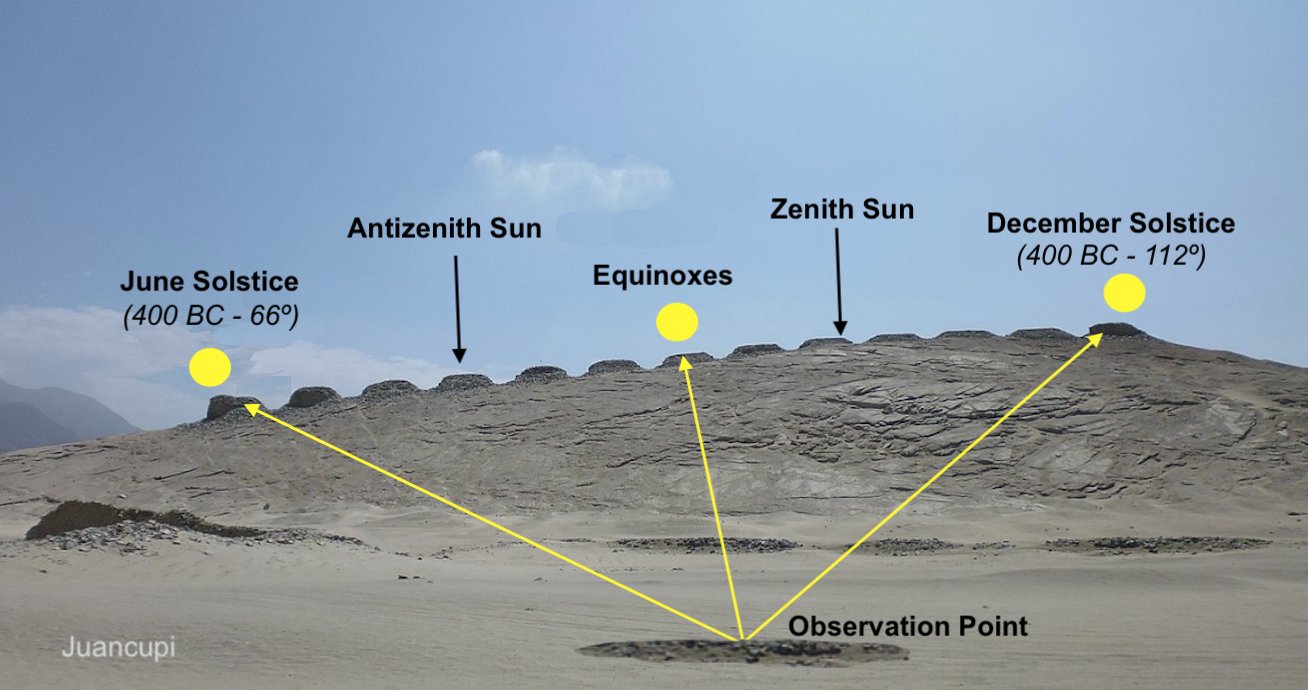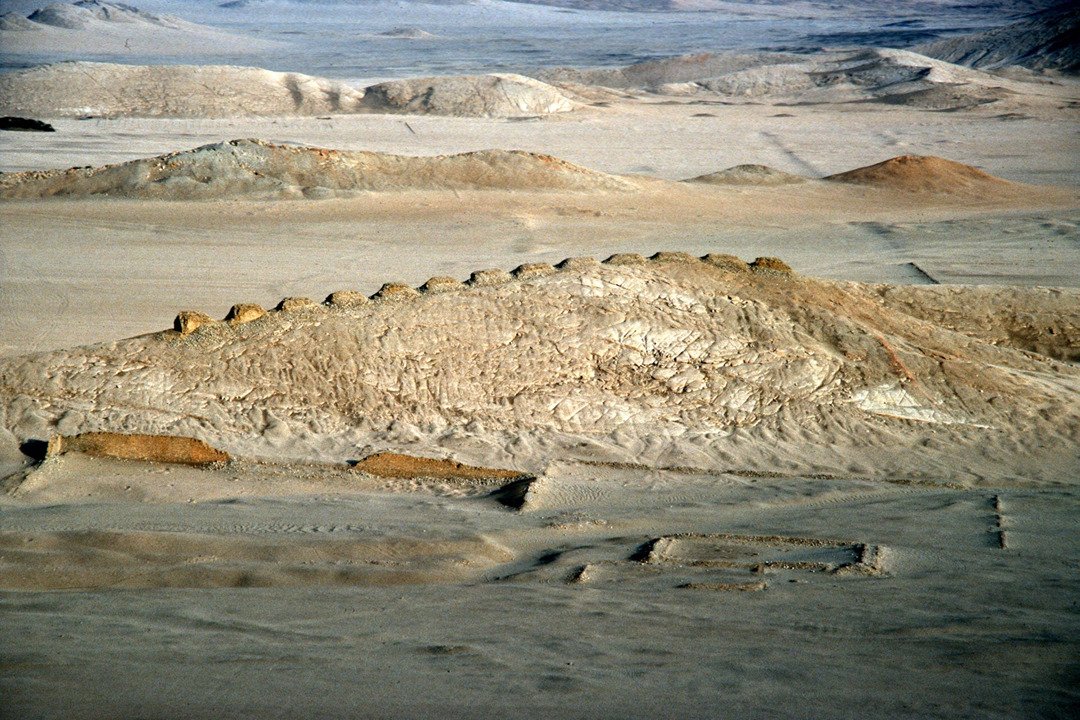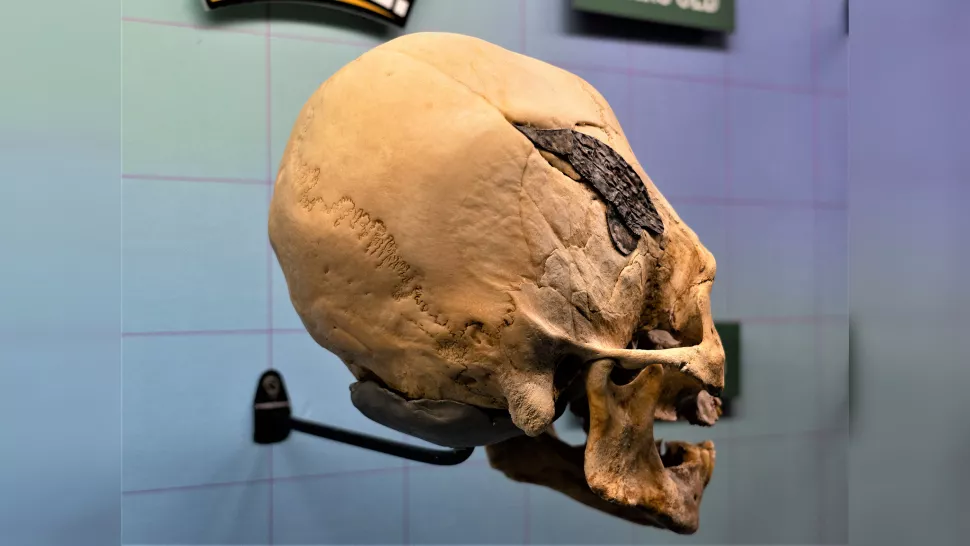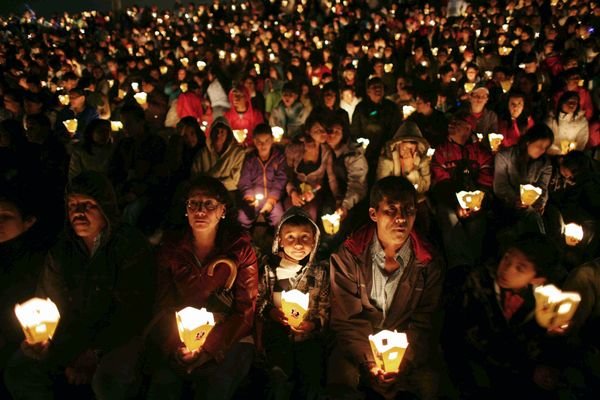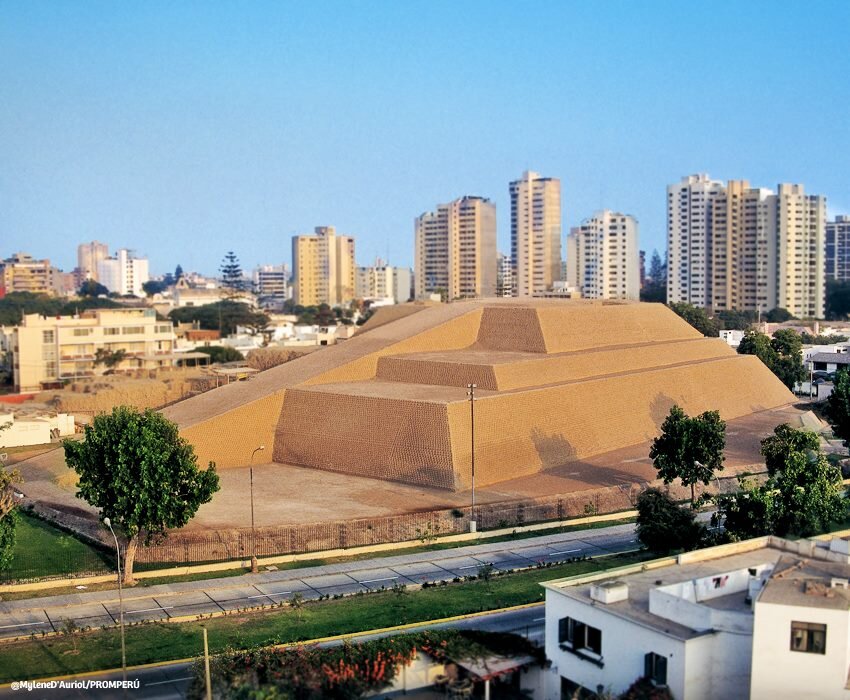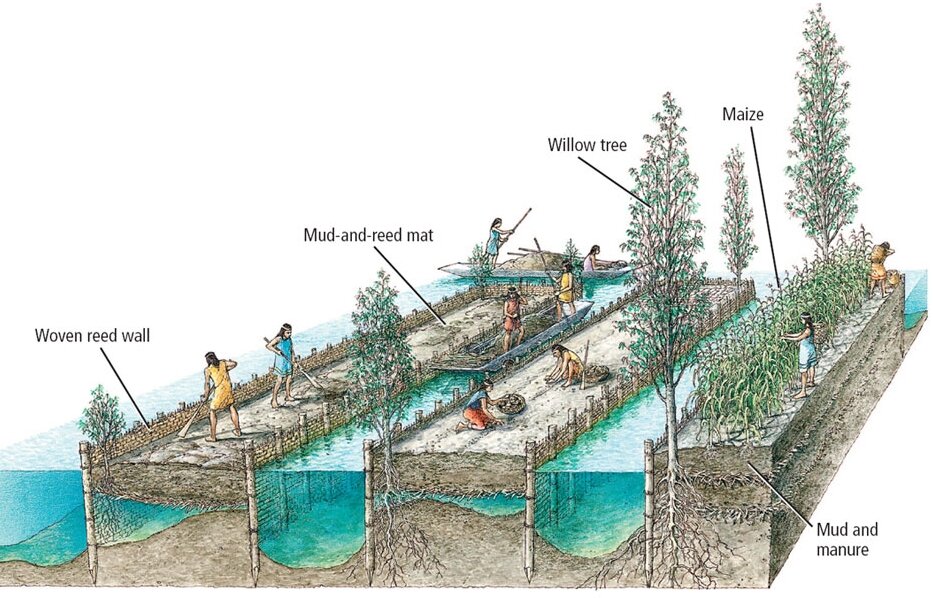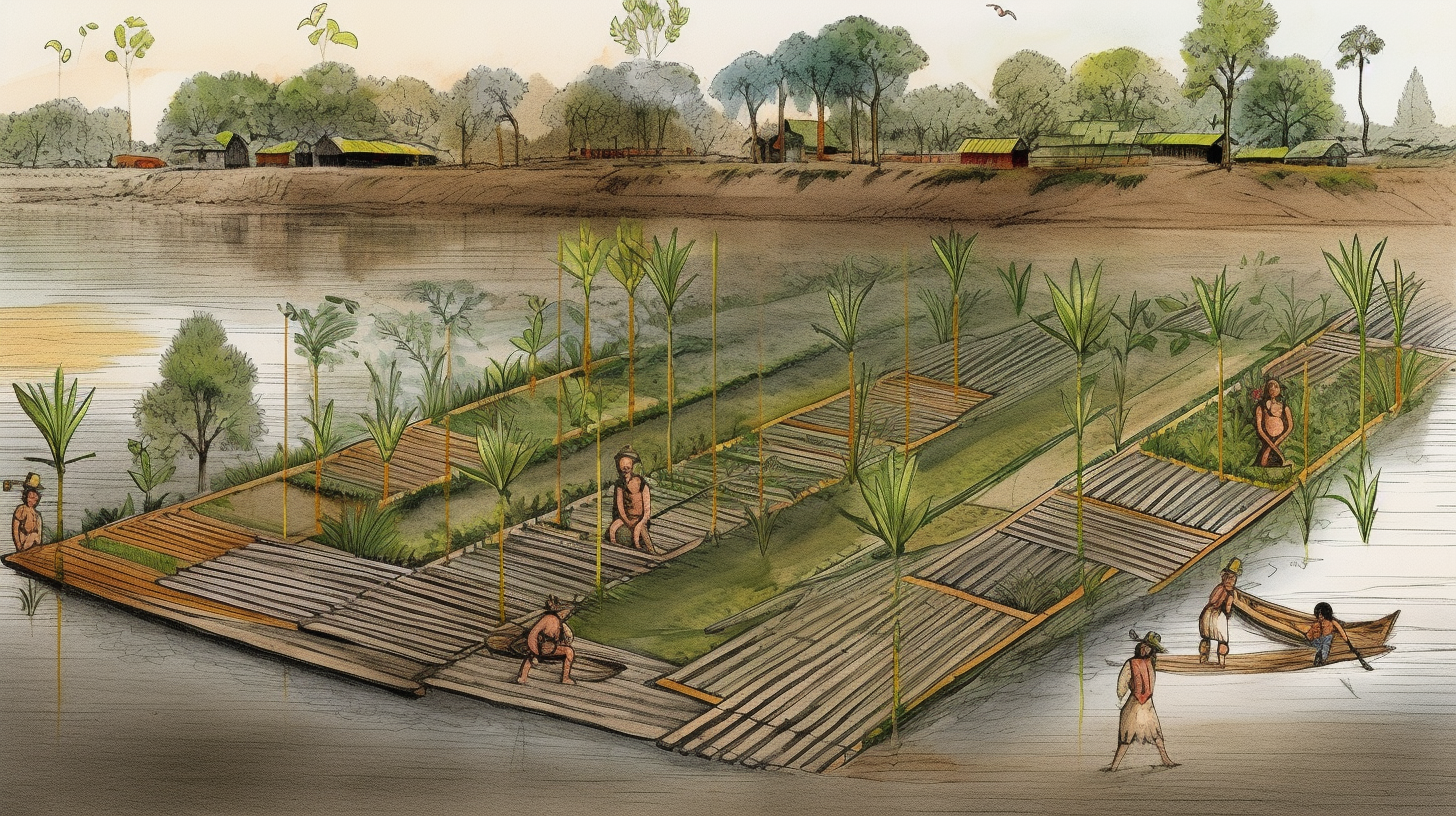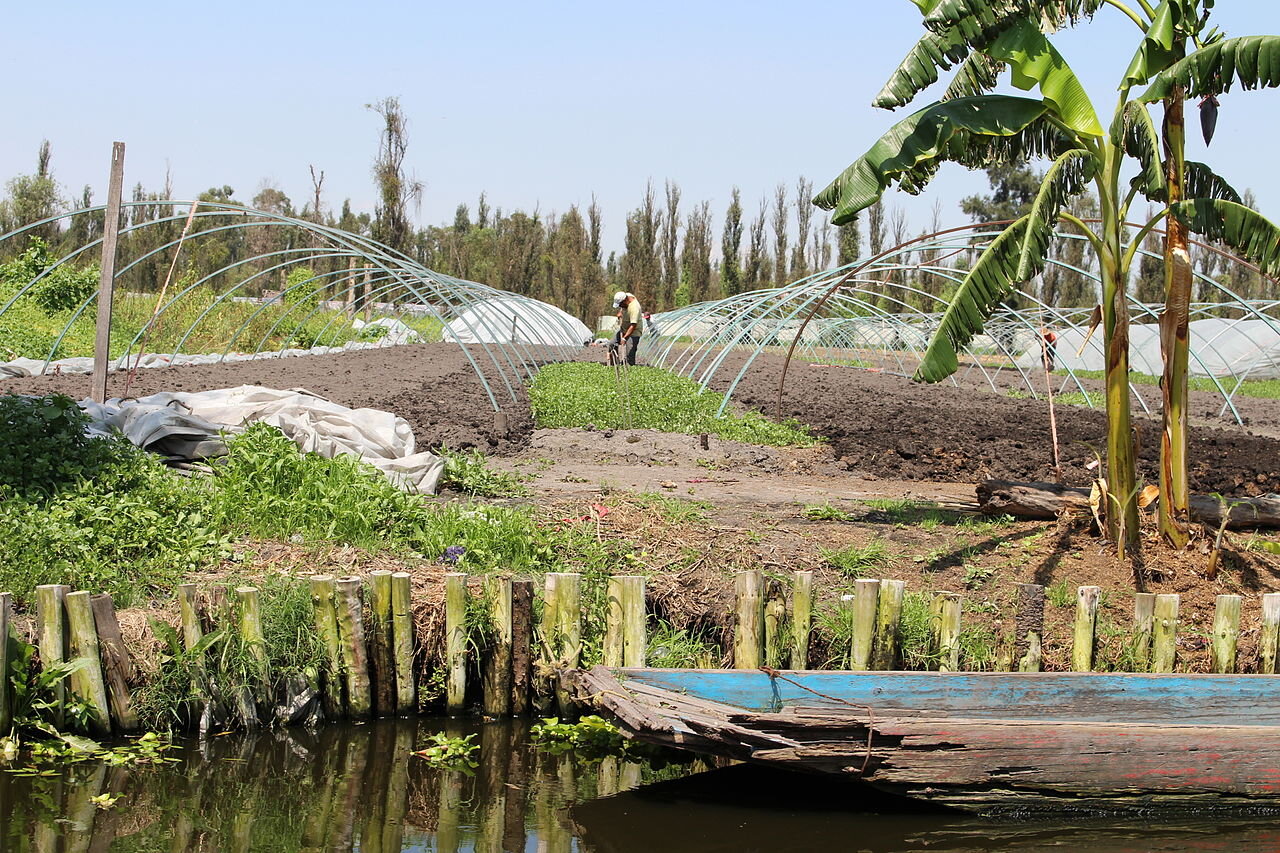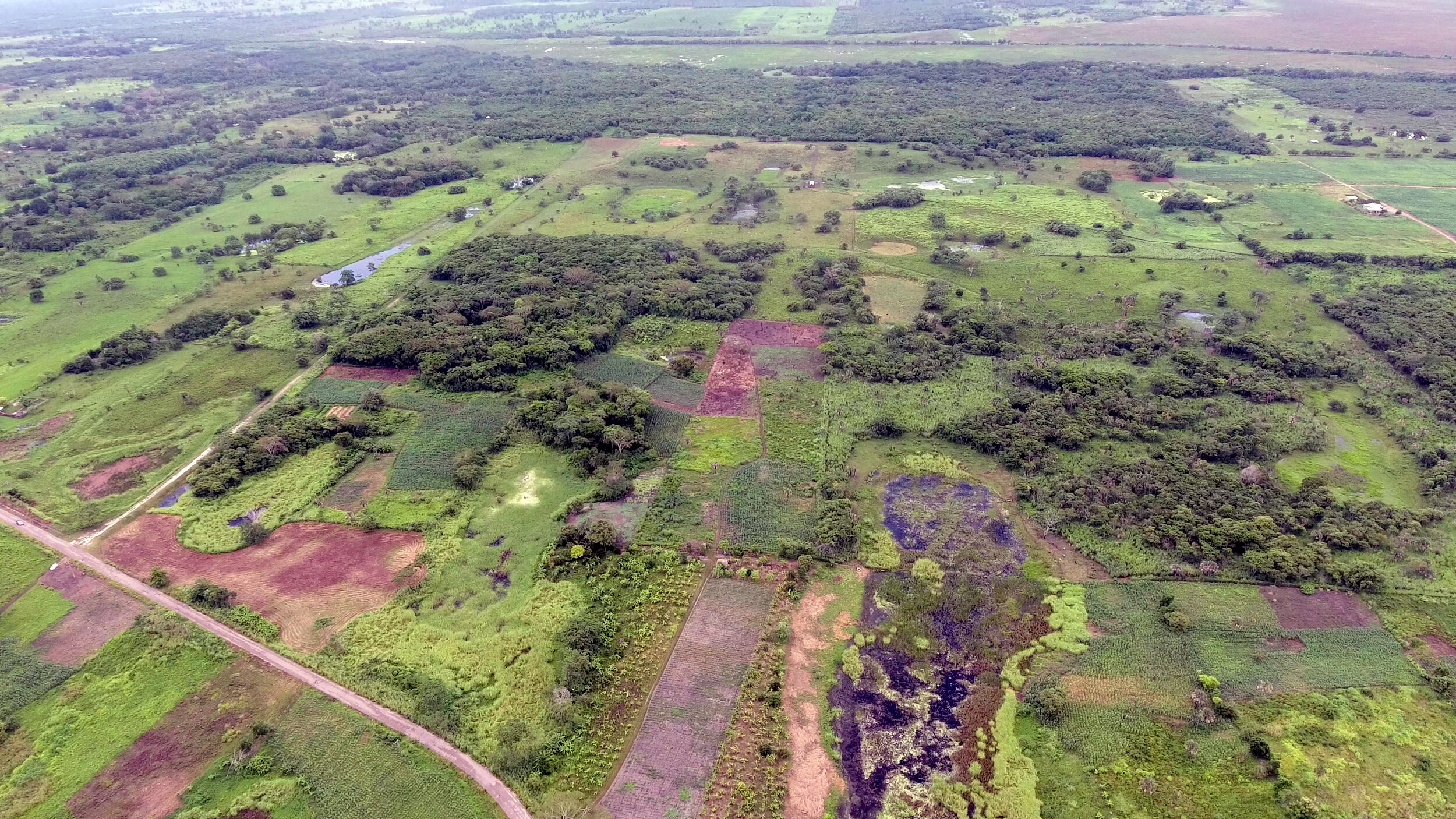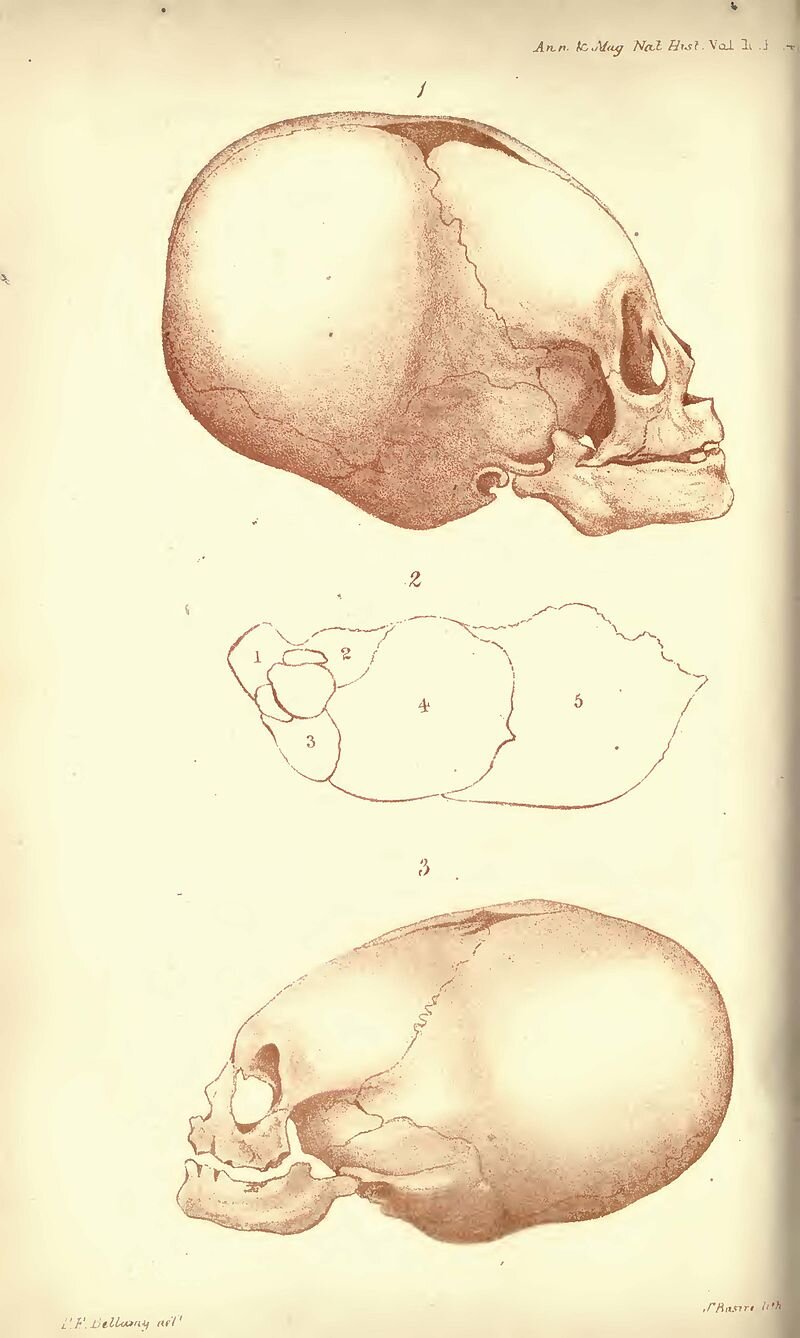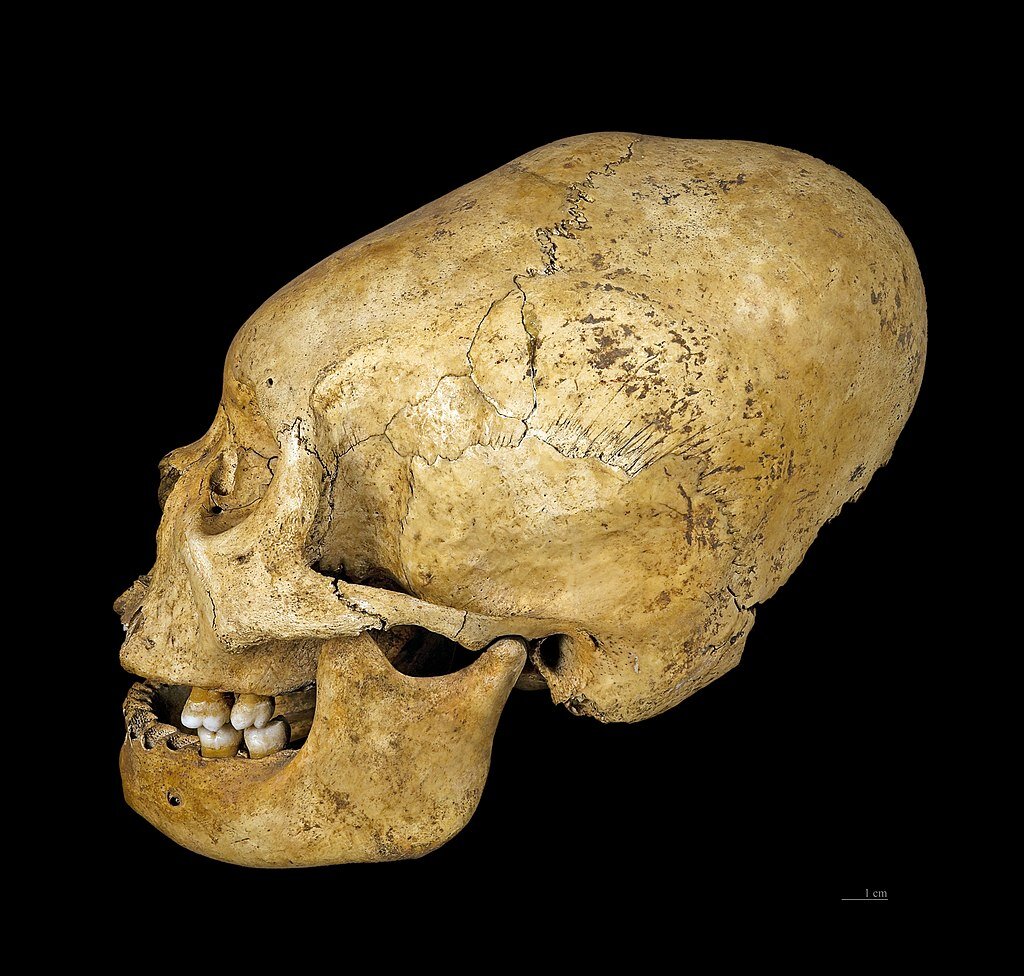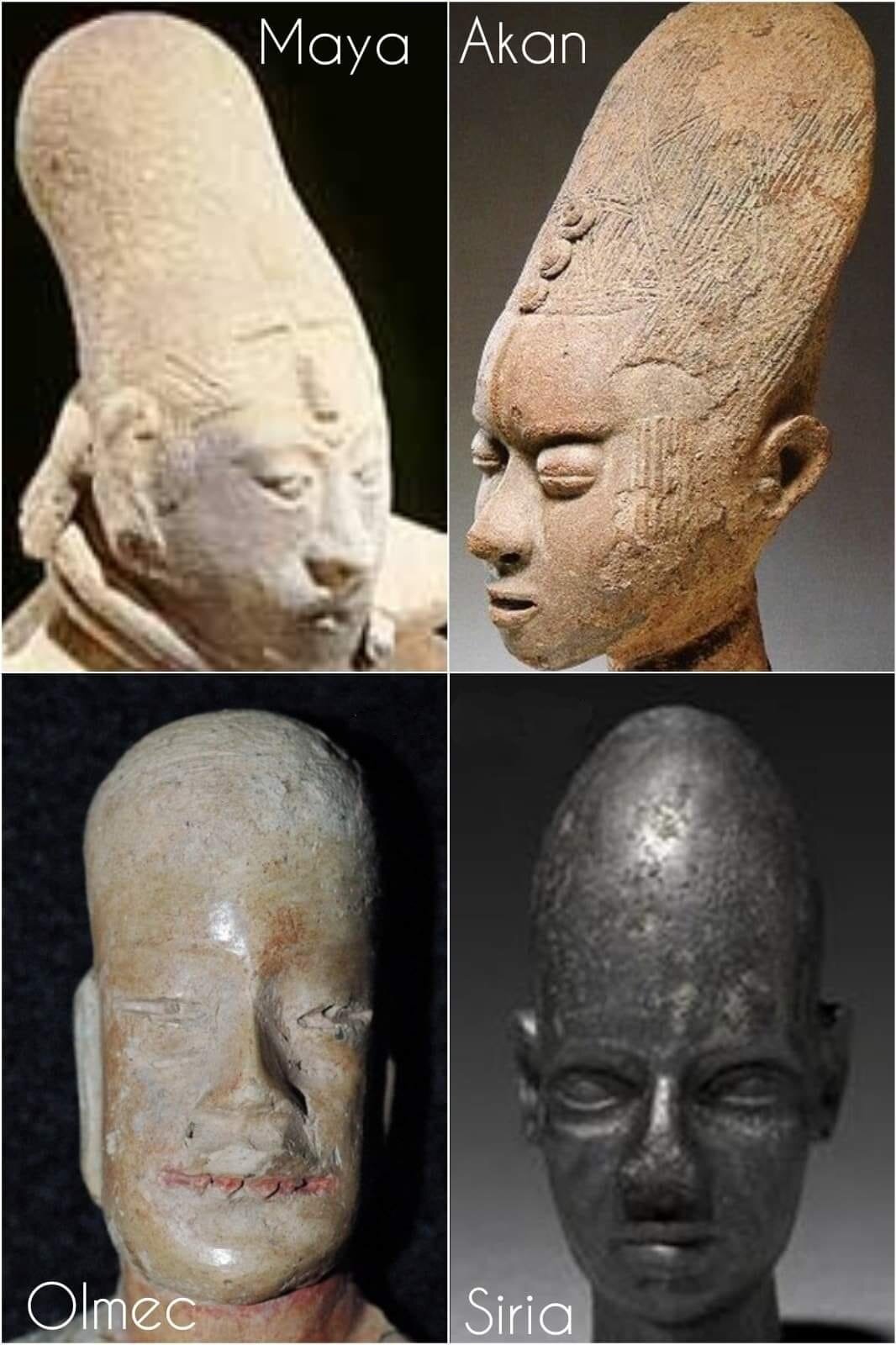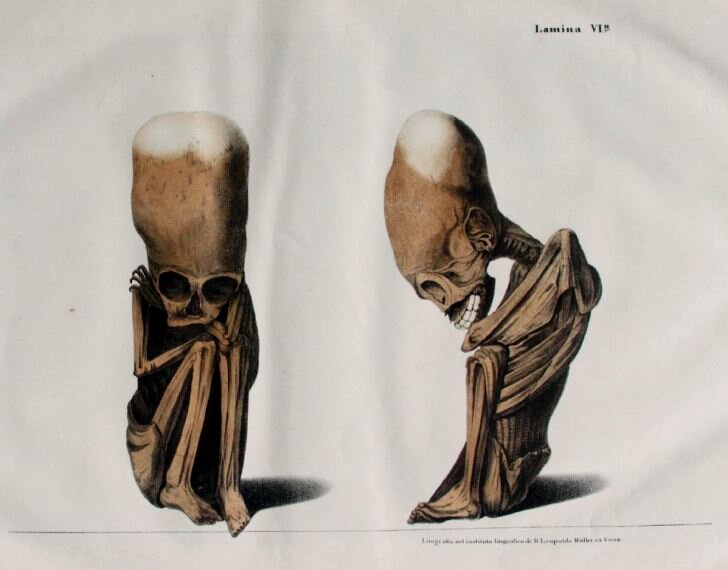What did the ancient Maya place inside these monumental structures?
In this image, we see Chichén Itzá at dusk. (Image credit: Theodore Van Pelt / EyeEm via Getty Images)
The ancient Maya constructed hundreds of pyramids throughout Mesoamerica, from about 1000 B.C. to A.D. 1500, placing a wide variety of artifacts inside of them.
But what exactly did they put inside of them?
It turns out that, like the pyramids of ancient Egypt, those built by the Maya contained rich treasures and burials. But they also often contained something weirder — smaller pyramids inside the larger ones, experts told Live Science.
For example, the pyramid of "El Castillo," at the site of Chichén Itzá in the Yucatán Peninsula, contains a pyramid within a pyramid within a pyramid, like a Russian nesting doll.
"The ancient inhabitants of the Yucatán Peninsula, when they arrived at a previously inhabited and abandoned site, did not destroy the old structures," Andrés Tejero-Andrade, a professor at the National Autonomous University of Mexico (UNAM) who has studied and written about El Castillo, told Live Science in an email. "Rather a new one was built on top of those already present, and so on," he said, noting that this is why El Castillo has this nesting doll structure.
This practice was not unique to El Castillo; other Maya and non-Maya pyramids have this arrangement, Denisse Lorenia Argote Espino, a researcher at Mexico's National Institute of Anthropology and History (INAH), told Live Science in an email.
Espino noted that building a pyramid on top of another pyramid "was a common practice in pre-Hispanic [before the Spanish arrived] times" and that "the main structures in long settlements [sites that were inhabited for a long time] usually have several constructive phases."
Here, we see the Jaguar Throne inside the "Templo de Kukulkán" (El Castillo) pyramid. The Temple of Kukulcan, is a Mesoamerican step-pyramid that dominates the center of the Chichén Itzá archaeological site. Built by the pre-Hispanic Maya civilization sometime between the 9th and 12th centuries A.D., El Castillo served as a temple to the god Kukulkan, the Yucatec Maya feathered serpent deity closely related to the god Quetzalcoatl known to the Aztecs. (Image credit: Photo by Thierry Tronnel/Corbis via Getty Images)
Still, such pyramid stacks aren't the most common things archaeologists find in Maya pyramids. While some Maya temples were used for rituals, others served as tombs for rulers or other elite individuals.
These burials contained artifacts such as jade masks (for the deceased), jade beads, obsidian blades and stingray spines, which were a symbol of self-sacrifice for the ancient Maya, according to Michael Coe's book "The Maya(opens in new tab)" (Thames & Hudson, 2011).
Stingray spines were associated with self-sacrifice because sometimes they were placed "through ears, cheeks, lips, tongue, and the penis, the blood being spattered on paper used to [anoint] idols," Coe wrote in his book.
The ancient Maya prized objects made of jade. One of the most famous examples is a jaguar throne found in the El Castillo pyramid.
"The Classic Maya esteemed jadeite not only for its preciousness and beauty but also as stone of great symbolic import," wrote Karl Taube, an anthropology professor at the University of California, Riverside, in a 2005 article published in the journal Ancient Mesoamerica(opens in new tab). For example, the Maya associated jade with maize, rulership and the wind itself, Taube wrote. "Jade was an important component of funerary rites and the ritual conjuring of gods and ancestors," he added.
More Maya artifacts
Maya pyramids contained many other remarkable artifacts. For instance, a pyramid at the site of San Bartolo, in northern Guatemala, contains a fragment of what may be the earliest Maya calendar ever found, dating back more than 2,200 years.
A pyramid at Copan, in Honduras, has a massive inscription containing more than 2,000 Maya glyphs inscribed on its staircase. The inscription tells the history of Copan's rulers, according to a 2006 Getty Conservation Institute report(opens in new tab). The Maya used a writing system that is sometimes called "Mayan hieroglyphic." This writing system has glyphs that represent sounds which form words that scholars can read and translate.
Source: livescience

